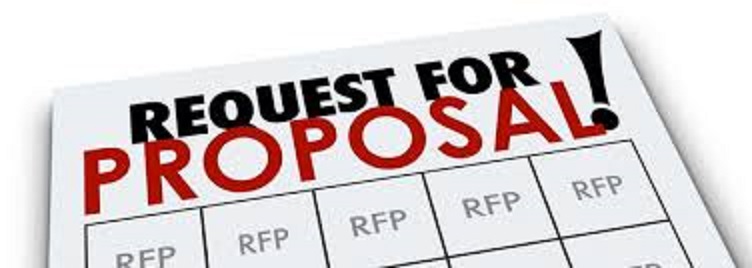The reality of the RFP’s
Quite a few companies rely on the RFP’s to win new businesses. The moment the sales team sees the RFP and if it is in the scope of their work, everyone is excited, put them into the pipeline and start celebrating that the deal is theirs. The Sales executive starts working very hard, check and recheck ten times with various departments and sends the quote and then start waiting. After sending every meeting management will start asking about the status. The usual answer would be it is coming…..
So winning with RFP, looks easy on paper. You receive an RFP and submit as per the required details and boom! win the order. But the reality is quite different. The success ratio for many companies who rely on RFP is quite low and on the contrary effort & resources required to submit RFP’s is quite huge!
So then, what is the secret to winning the RFP’s?
Know the buyer’s journey
The secret is not to do with how much effort you put in to prepare your RFP but when you start the RFP process. More so, how early you have engaged in the buyer’s journey?
Let’s understand the journey of buyers who prefer to select vendors by shortlisting the RFP’s.
Stage1: No requirement phase or unconcerned. The buyer is not clear here what his next product requirement is. Different groups such as Product, R&D, Marketing teams are internal discussion stage. They are waiting for some trigger points
Stage2: Now the buyer has got some trigger from his say, end market or the R&D team and now they are in exploring stage. They have reason to take action and looking for some solutions
Stage3: Buyer has identified the scope of the new product, solution etc and is defining the requirements clearly.
Stage4: Buyer sends out the RFP and comes up with clear selection criteria.
Stage5: Verifications are done and the preferred solution is selected from submitted RFP’s.
Increase chance of winning by 3 times
The 5 stages of the buyer’s journey are from Unconcerned->Exploring->Defining->Selection->Verification. A word of caution is, the 5 stages are not a linear process though. It can go back & forth many times.
As per Forrester research, across many countries and different sizes of companies, it is seen that 76% of RFP’s are won by companies who participate in Define stage. This is one of the critical factors to be considered.
Qualifying the RFP
Now if you are not part of the Define stage, it is definitely uphill task but not all is lost. Especially for the RFP’s where the requirements are not complex, joining late is not a critical issue. But as a salesperson, it is better to first evaluate the attractiveness of the opportunity on the basis of
- Volume
- Size
- Margin
- Future Business
- Competition
- The complexity of the solution
Many times, RFP is sent to qualified vendors, partners and as a policy, they want minimum 3 quotes. RFP may or may not be lead in this case.
9 point checklist for submitting RFP
Considering lead is worth pursuing, following checklist will help to handle the RFP much better and save you and your team time as well as increases the chances of winning
- Did you know about this RFP will come?
- Were you involved in the preparation stage? As mentioned chances are high if you were part of Define stage
- Do you any existing relationship with the customers? If no relation exists, chances are low again
- Can you request a meeting with the person who prepared the requirement to understand more about the RFP?
- Have you understood the decision making process?
- If your solution doesn’t match as required, is there scope for changing or modifying the RFP?
- Has the buyer clearly stated the need? Even if the need not stated, there should be a clear need.
- Is the budget allocated for this?
- Are the purchasing timelines clearly mentioned?
We are not saying one should not respond to RFP, but before responding if one understand and consider the above points it will help to utilize the resources effectively. Fundamentally, information is the key, the more one know’s the better ones proposal
